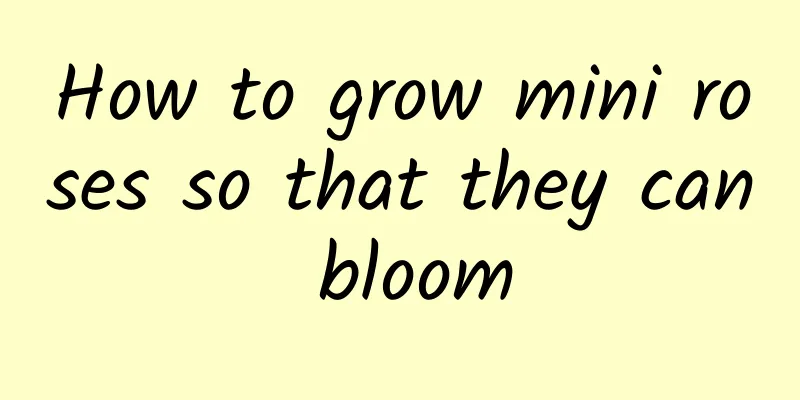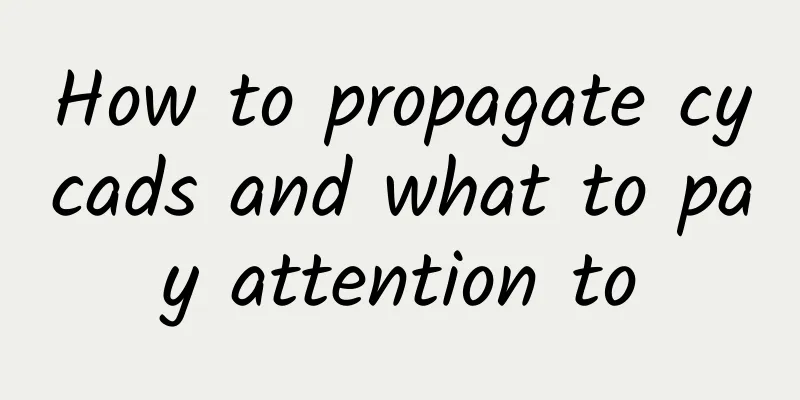How to spend the summer safely at Chiyoda Matsu

Chiyoda no Matsu's Summer Rule 1: VentilationHigh temperature and humidity in summer are unavoidable weather conditions in both northern and southern China (slightly milder and drier in Xinjiang and Tibet), which are very unfavorable for the growth of Chiyoda pine. Good ventilation conditions are required to keep the plants in a comfortable growing state. Chiyoda no Matsu summer rule 2: sun protectionChiyoda pine loves light and can be maintained in full sunlight. With good light conditions, its colors are rich and varied. However, the Chiyoda pine is afraid of exposure to the scorching sun, which will burn the leaves and cause them to turn yellow. Even in a coastal city like Qingdao, the weather is harsh in summer. Therefore, we must pay attention to sun protection measures in summer and provide appropriate shade. Chiyoda pine summer rule three: wateringChiyoda pine can be watered abundantly in spring and autumn, but not in summer. The summer is hot and humid, and excessive watering will cause waterlogging in the potting soil and root rot. Watering should be controlled in summer; the semi-dry state of the potting soil will not affect the growth of the plant. Remember these three principles: ventilation, sun protection and less watering, and your Chiyoda pine will spend the summer safely! |
Recommend
How to propagate Zephyranthes and what to pay attention to
Breeding method of Zephyranthes The main ways to ...
How to prepare soil for orchids? How to prepare soil for orchids
Suitable soil requirements for orchids Orchids li...
How to save seeds of longevity vegetables
Longevity vegetable seeds Kalanchoe is generally ...
Cherry cutting time and method
Cherry cutting time Cherries are generally propag...
How to color the Money String Succulent to make it look good (What is the main reason for the Money String Succulent to turn red)
The following factors are essential to coloring t...
Daylily planting time and method
Daylily growth habits Daylily has strong adaptabi...
How to grow copper coin grass
1. Soil The pennywort likes to grow in loose, fer...
What kind of tree can bring wealth to the front door?
1. Chestnut Tree Planting a chestnut tree at the ...
How often should I water the Boston fern?
How often should I water the Boston fern? When wa...
Flower language and function of sweet alyssum
Flower language of sweet alyssum The flower langu...
This is the King of Summer. The hotter it gets, the taller it grows, and it becomes fat and plump like a spirit!
Purple Music Purple Music is also known as Purple...
Jade soil changing time and method
Jade soil replacement time Generally speaking, it...
Tips for making Jade Leaf Bonsai
Preparation method Plant selection If you want to...
How to grow white peony
Temperature requirements White peony is a winter ...
How to grow pearl spider plant
Humidity requirements for pearl spider plant cult...









